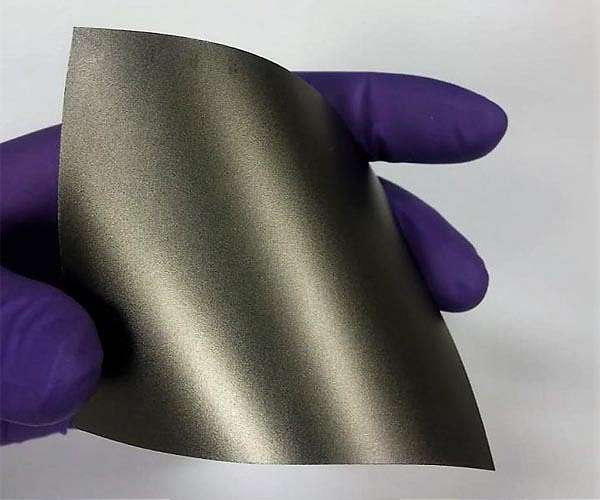Key Takeaways
- Teledyne Labtech and Bangor University are collaborating on a project called ATMS to improve thermal management in spacecraft.
- The initiative replaces traditional copper with synthetic graphite, enhancing heat removal and efficiency.
- Prototypes will be demonstrated by the end of 2026, potentially impacting next-generation spacecraft systems.
Innovative Approach to Space Cooling
Teledyne Labtech, in partnership with Bangor University, has initiated the Advanced Thermal Management for Space Electronics (ATMS) program, focused on enhancing heat removal in spacecraft. This endeavor receives support from Airbus Endeavr, a collaborative project between Airbus and the Welsh Government, aimed at creating lighter, high-performance thermal solutions tailored for space hardware.
Central to the ATMS program is the shift from conventional copper heat conductors to synthetic graphite. Teledyne Labtech is spearheading efforts to optimize in-plane conduction within circuit boards. Concurrently, Bangor University’s School of Computer Science and Engineering is working to improve the emissivity of surfaces by employing ultrafast laser processing. This technique etches microscopic patterns into synthetic graphite and other materials, significantly boosting their ability to radiate heat into space.
The team’s research addresses a critical bottleneck in satellite performance, as overheating has historically limited processor utilization. John Priday, Chief Technical Officer of Teledyne Labtech, explained that traditional cooling methods reliant on air circulation are ineffective in space. The ATMS project aims to develop scalable, lightweight, and efficient circuit board technology utilizing synthetic graphite, which could revolutionize the aerospace sector and propel the future of space exploration.
Jak Bridges, Sales Manager at Teledyne Labtech, emphasized the partnership with Bangor University as pivotal for unlocking this transformative technology. He expressed gratitude to Airbus and the Welsh Government for their support in bringing this innovative vision to fruition.
The ATMS program is scheduled to run through the end of 2026, culminating in prototype demonstrations that aim to meet the needs for future missions and possibly pave the way for integration into next-generation spacecraft systems. This project represents a significant step forward in addressing the challenges of thermal management in space electronics, potentially fostering advancements that enhance satellite performance and reliability.
The content above is a summary. For more details, see the source article.















